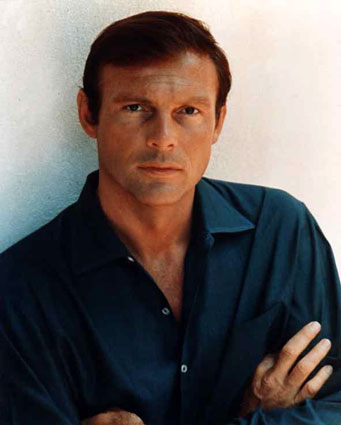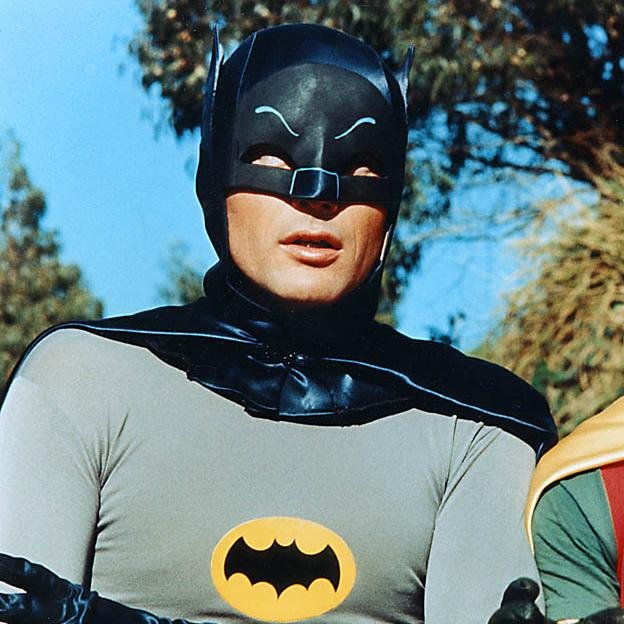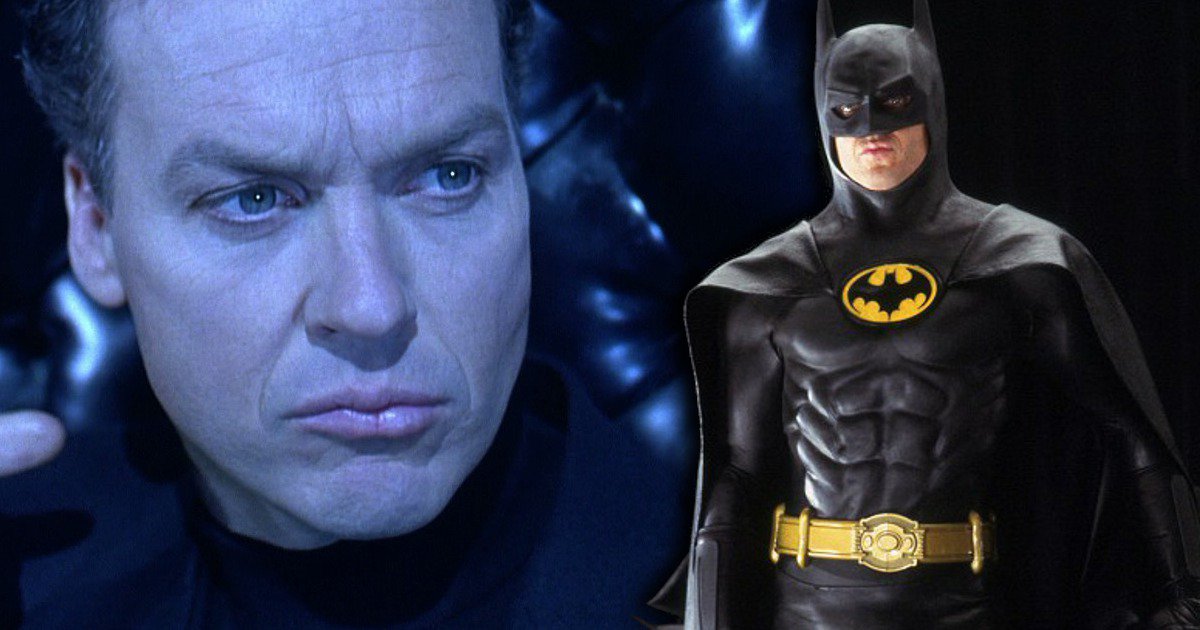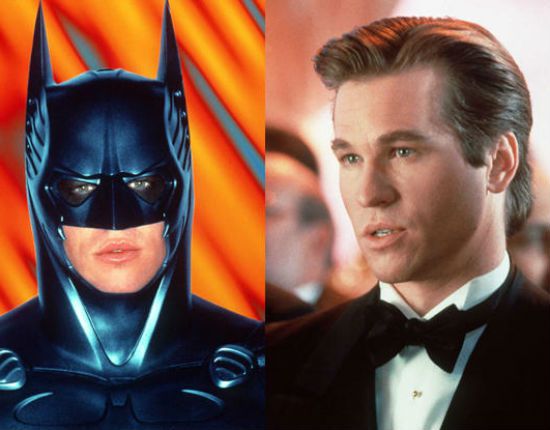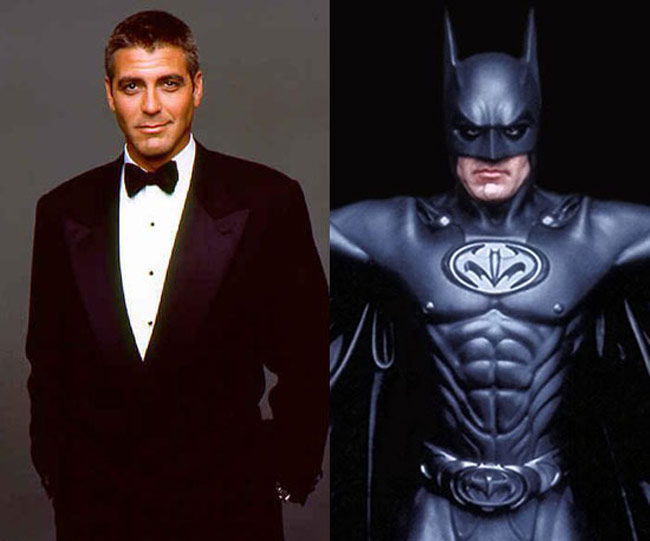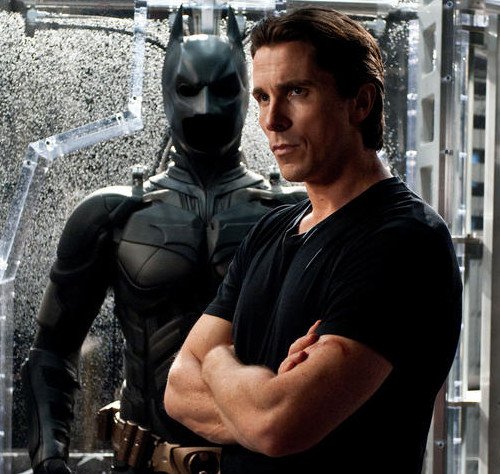
|
In January 2003, Warner Bros. hired Memento director Christopher Nolan to direct an untitled Batman film, and David S. Goyer signed on to write the
script two months later. Nolan stated his intention to reinvent the film franchise of Batman by "doing the origins story of the character, which is a
story that's never been told before". Nolan said that humanity and realism would be the basis of the origin film, and that "the world of Batman is that
of grounded reality. It will be a recognizable, contemporary reality against which an extraordinary heroic figure arises." Goyer said that the goal of
the film was to get the audience to care for both Batman and Bruce Wayne. Nolan felt the previous films were exercises in style rather than drama, and
described his inspiration as being Richard Donner's 1978 film Superman, in its focus on depicting the character's growth. Also similar to Superman,
Nolan wanted an all-star supporting cast for Batman Begins to lend a more epic feel and credibility to the story. Nolan's personal "jumping off point"
of inspiration was "The Man Who Falls", a short story by Denny O'Neil and Dick Giordano about Bruce's travels throughout the world. The early scene in
Batman Begins of young Bruce Wayne falling into a well was adapted from "The Man Who Falls". Batman: The Long Halloween, written by Jeph Loeb and drawn
by Tim Sale, influenced Goyer in writing the screenplay, with the villain Carmine Falcone as one of many elements which were drawn from Halloween's
"sober, serious approach". The writers considered having Harvey Dent in the film, but replaced him with the new character Rachel Dawes when they
realized they "couldn't do him justice". The character was later portrayed by Aaron Eckhart in the 2008 sequel The Dark Knight. The sequel to Halloween,
Batman: Dark Victory, also served as a minor influence. Goyer used the vacancy of Bruce Wayne's multi-year absence presented in Batman: Year One to help
set up some of the film's events in the transpiring years. In addition, the film's Sergeant James Gordon was based on his comic book incarnation as seen
in Year One. The writers of Batman Begins also used Frank Miller's Year One plot device, which was about a corrupt police force that led to Gordon and
Gotham City's need for Batman.A common idea in the comics is that Bruce saw a Zorro film with his parents before they were murdered. Nolan explained
that by ignoring that idea which he stated is not found in Batman's first appearances it emphasized the importance of bats to Bruce and that
becoming a superhero is a wholly original idea on his part. It is for this reason Nolan believes other DC characters do not exist in the universe of
his film; otherwise, Wayne's reasons for taking up costumed vigilantism would have been very different. At his audition, Bale wore the bat suit (minus
the cape which has been missing for some time) Val Kilmer donned for 1995's Batman Forever.
Before the release of Batman Begins, screenwriter David S. Goyer wrote a treatment for two sequels which introduced the Joker and Harvey Dent. His
original intent was for the Joker to scar Dent during the Joker's trial in the third film, turning Dent into Two-Face. Goyer, who penned the first
draft of the film, cited the DC Comics 13-issue comic book limited series Batman: The Long Halloween as the major influence on his storyline. According
to veteran Batman artist Neal Adams, he met with David Goyer in Los Angeles, and the story would eventually look to Adams and writer Denny O'Neil's 1971
story "The Joker's Five-Way Revenge" that appeared in Batman #251, in which O'Neil and Adams re-introduced the Joker. While initially uncertain of
whether or not he would return to direct the sequel, Nolan did want to reinterpret the Joker on screen. On July 31, 2006, Warner Bros. officially
announced initiation of production for the sequel to Batman Begins titled The Dark Knight; it is the first live-action Batman film without the word
"Batman" in its title, which Bale noted as signaling that "this take on Batman of mine and Chris' is very different from any of the others".
After much research, Nolan's brother and co-writer, Jonathan, suggested the Joker's first two appearances, published in the first issue of Batman (
1940), as the crucial influences. Christopher had Jonathan watch Fritz Lang's 1933 crime film The Testament of Dr. Mabuse prior to writing the Joker,
with the Joker resembling Mabuse's characteristics.Christopher Nolan referred to Lang's film as "essential research for anyone attempting to write a
supervillain". Jerry Robinson, one of the Joker's co-creators, was consulted on the character's portrayal. Nolan decided to avoid divulging an in-depth
origin story for the Joker, and instead portray his rise to power so as to not diminish the threat he poses, explaining to MTV News, "the Joker we meet
in The Dark Knight is fully formed ... To me, the Joker is an absolute. There are no shades of gray to him – maybe shades of purple. He's unbelievably
dark. He bursts in just as he did in the comics." Nolan reiterated to IGN, "We never wanted to do an origin story for the Joker in this film," because
"the arc of the story is much more Harvey Dent's; the Joker is presented as an absolute. It's a very thrilling element in the film, and a very important
element, but we wanted to deal with the rise of the Joker, not the origin of the Joker." Nolan suggested Batman: The Killing Joke influenced a section of
the Joker's dialogue in the film, in which he says that anyone can become like him given the right circumstances. Nolan also cited Heat as "sort of an
inspiration" for his aim "to tell a very large, city story or the story of a city": "If you want to take on Gotham, you want to give Gotham a kind of
weight and breadth and depth in there. So you wind up dealing with the political figures, the media figures. That's part of the whole fabric of how a
city is bound together."
According to Nolan, an important theme of the sequel is "escalation", extending the ending of Batman Begins, noting "things having to get worse before
they get better". While indicating The Dark Knight would continue the themes of Batman Begins, including justice vs. revenge and Bruce Wayne's issues
with his father, Nolan emphasized the sequel would also portray Wayne more as a detective, an aspect of his character not fully developed in Batman Begins.
Nolan described the friendly rivalry between Bruce Wayne and Harvey Dent as the "backbone" of the film. He also chose to compress the overall storyline,
allowing Dent to become Two-Face in The Dark Knight, thus giving the film an emotional arc the unsympathetic Joker could not offer. Nolan acknowledged
the title was not only a reference to Batman, but also the fallen "white knight" Harvey Dent.
Warner Bros. president of production Jeff Robinov had hoped a third film would be released in 2011 or 2012. Nolan wanted the story for the third
installment to keep him emotionally invested. "On a more superficial level, I have to ask the question," he reasoned, "how many good third movies in a
franchise can people name?" Nolan said that he never even thought a third film was possible in the foreword for his book The Art and Making of the Dark
Knight Trilogy. Nolan only agreed to a third film on the basis of finding a worthwhile story, fearing that he would become bored halfway through
production if he discovered the film to be unnecessary. By December 2008, Nolan completed a rough story outline, before he committed himself to
Inception. Later in December, Alan F. Horn confirmed that while discussions with Nolan about a third film were ongoing, no casting had been done, and
Horn denied all such rumors. Before Nolan confirmed his involvement, Gary Oldman had said he was confident Nolan would return.
Following the success of the Joker in The Dark Knight, studio executives wished for the Riddler to be included as the primary villain as he was
considered a similar character and encouraged the casting of Leonardo DiCaprio. However, Nolan wanted the antagonist to be vastly different from the
previous incarnations and committed to using Bane instead, citing the need for a character with a physical presence within the film. He was initially
unfamiliar with the character's back-story, but pointed out the appeal of an archetype, labelling it as "the extreme of some type of villainy". When
comparing the choice of Bane with the Joker, Nolan highlighted the Joker as an example of "diabolical, chaotic anarchy and has a devilish sense of humor"
, juxtaposing him against Bane, whom he likened to "a classic movie monster [...] with a terrific brain." Nolan has said that his draft of the script was
inspired by Charles Dickens' 1859 novel A Tale of Two Cities, which centers around the French Revolution. This homage to Dickens was briefly illustrated by
having Bane inconspicuously finger knit paracord in the film, symbolizing his literary character Madame Defarge, and more overtly by Commissioner Gordon's eulogy
for Bruce Wayne at the end of the film, which is taken directly from the classic book.
It was not until February 9, 2010, that it was announced that Nolan had "cracked" the story of a sequel to The Dark Knight and was committed to return
to the project. Shortly afterward, it was announced David S. Goyer and Jonathan Nolan were working on a screenplay. Goyer would leave the project during
pre-production to begin work on Man of Steel; Jonathan continued writing the script based on the story by his brother Chris and Goyer. Chris Nolan said
that his brother's original draft was about 400 pages. The film's storyline has been compared with the Batman comic book series' story arc "Knightfall"
(1993), which showcased Bane; the mini-series The Dark Knight Returns (1986), in which Batman returns to Gotham City after a ten-year absence; and the
story arc "No Man's Land" (1999), which depicts a Gotham cut off from the rest of the world and overrun by gangs. The nickname "the Dark Knight" was
first applied to Batman in Batman #1 (1940), in a story written by Bill Finger. Nolan confirmed the Joker would not return in the third film, and
dismissed rumors that he considered using unused footage of Heath Ledger from The Dark Knight. The Dark Knight Rises reunited Nolan with many of his
past collaborators, including cinematographer Wally Pfister, production designer Nathan Crowley, editor Lee Smith, costume designer Lindy Hemming,
special effects supervisors Paul Franklin and Chris Corbould, and composer Hans Zimmer.
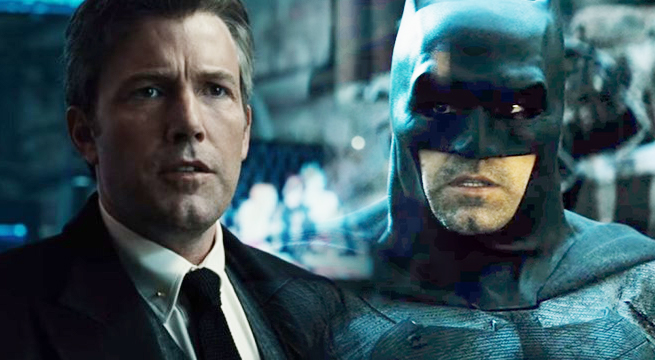
|
In June 2013, Warner Bros. announced that director Zack Snyder and screenwriter David S. Goyer would return for a Man of Steel sequel,
with the studio considering the release for the film in 2015. The following month, Snyder confirmed at San Diego Comic-Con International that the
sequel to Man of Steel would feature Superman and Batman meeting for the first time on film. Goyer and Snyder would co-write the story, with Goyer
authoring the script, and Christopher Nolan involved in an advisory role as executive producer. According to Snyder, the film would take inspiration
from the comic The Dark Knight Returns.
In November 2013, Snyder clarified his film would not be based upon the aforementioned graphic novel. "If you were going to do that, you would need a
different Superman. We're bringing Batman into the universe that now this Superman lives in." Batman v Superman marks the first appearance of Wonder Woman
in a live-action, theatrical film, which Warner Bros. had been developing as far back as 1996. In December 2013, Chris Terrio was hired to rewrite the script,
due to Goyer's commitments to other projects. Further commenting on the influences, Terrio revealed in an article published by the Wall Street Journal that the
movie would draw inspiration from Nolan's Batman trilogy, Italian semiotician Umberto Eco's 1972 essay "The Myth of Superman", and the W.H. Auden poem "Musee
des Beaux Arts" which contrasts the quotidian details of normal people's lives with the epic struggles of mythological figures. According to him, "In superhero
stories, Batman is Pluto, god of the underworld, and Superman is Apollo, god of the sky. That began to be really interesting to me — that their conflict is not
just due to manipulation, but their very existence." The Joker and the Riddler were supposed to appear in the film, but Snyder ultimately decided to cut them
from the final script.
The film's official title, Batman v Superman: Dawn of Justice, was revealed in May 2014. Snyder stated that having the "v" in the title instead of "vs."
was a way "to keep it from being a straight 'versus' movie, even in the most subtle way". Henry Cavill later stated, "I wouldn't call this a Superman sequel .
This is Batman versus Superman. It's a separate entity altogether. It's introducing the Batman character and expanding upon the universe, which was kicked
off by Man of Steel." Forbes noted that although the film originated as a sequel to Man of Steel, it was "revamped into a backdoor pilot for Justice League
and/or an eventual stand-alone Batman movie." As part of a settlement with his heirs, this is the first Batman production that features Bill Finger as a
co-creator.
